The Japan Foundation, Budapest traveling exhibitions cover a wide variety of photographs and subjects from the field of fine arts. Exhibitions arrive ready to install with handling instructions.
Exhibitors are responsible for the exhibition insurance and the transportation costs. To schedule exhibitions, receive further information please get in touch with our program staff.
For borrowing please apply at least one month before the exhibiton.
Duration of the renting: maximum 1 month
The exhibition sets are the followings:
Photo panel exhibitions
(1) "The World Heritage of Japan"
The pictures were taken by the photographer MIYOSHI Kazuyoshi about the Japanese nature scenes, shrines and historic monuments, parts of the UNESCO World Heritage.
Year of production: 1999
Number of packing crates: 8 wood cases: 91x51x81 cm (V1-V6), 85x76x24 cm (V7), 73x75x19 cm (V8)
Number of works: 67 works (60x70 cm)
Floor space required: 100 square meters


(2) "The Daily Lives of the Japanese"
This exhibition set is representing the daily life of the Japanese people through the people walking or going to work, or to the market, participating in sport festivals, or showing pictures about the festival of 3 and 7 years old children and any other festivals.
Year of production: 1999
Number of packing crates: 2 wood cases: 90x37x70 cm (H1-H2)
Number of works: 40 works (60x90x2 cm, 40x60x2 cm)
Floor space required: 100 square meters
(3) "Contemporary Japanese Architecture"
This exhibition introduces contemporary Japanese architecture from the 1985-1996 periods.
Year of production: 1997
Number of packing crates: 11 wood cases: 138x56x107 cm (E-1,2,4,5,6,7,8,9,10), 138x44x77 cm (E-3), 138x44x82 cm (E-11)
Number of works: 108 works (121x91 cm, 121x61 cm)
Floor space required: 100 square meters


② Other exhibit items
(1)"The Dolls of Japan"
The contant of the exhibition: 3 sets (55 dolls in total)
- 1st set: Girl’s Festival dolls (15 dolls with display platform)
- 2nd set: Boy’s Day dolls (dolls with display platform and other dolls in ancient costums, 6 dolls in total)
- 3th set: Regional dolls and “creative dolls” produced by contemporary crafts people (34 dolls)
The size of the Girl’s Festival dolls and Boy’s Day dolls are big, the space needed is about 135x170x185 cm and 105x101x152 cm. The other dolls have average size.
Year of production: 2000
Number of packing crates: 21 wood cases: 152x87x114 cm (B1), 142x110x103 cm (B2), 125x80x90 cm (B3), 118x122x128 cm (B4), 105x105x110 cm (B5), 120x105x105 cm (B6), 120x85x100 cm (B7), 120x88x110 cm (B8), 178x100x70 cm (B9), 114x94x117 cm (B10), 162x80x88 cm (B11). 92-139 kg/case
Floor space required: 200 square meters
Equipments required: Display platforms
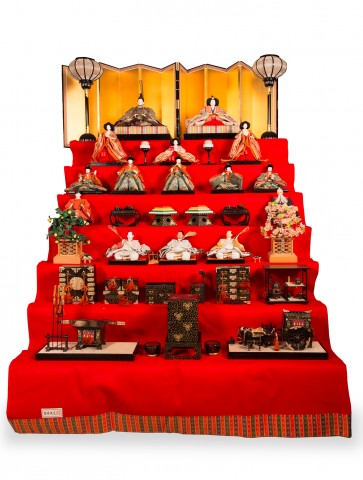
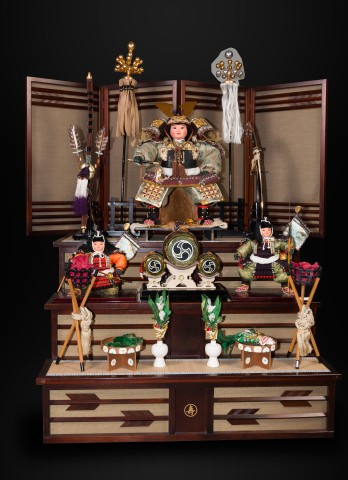
Girl’s Festival dolls Boy’s Day dolls
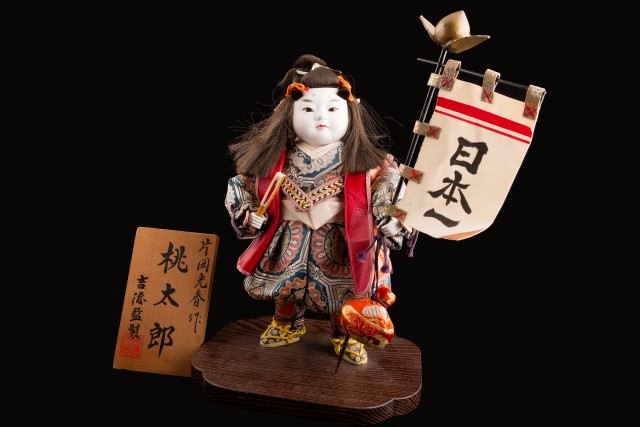
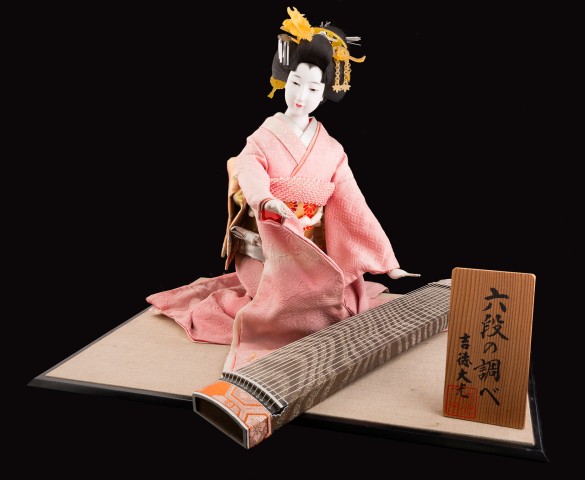
Momotaro Lady with koto
(2)"Japanese Kites and Tops"
It is a traditional Japanese exhibition set, introducing the various kind of kites and tops from the different Japanese regions.
Year of production: 1990
Number of packing crates: 4 wood cases: 37x315x21 cm (PS-1), 200x150x150 cm (PS-2), 133x105x23 cm (PS-3), 79x61x23 cm (PÖ-1). 50kg/case
Number of works: 22 kites, about 19 tops
Floor space required: 100 square meters
Equipments required: wall or hanging from the ceiling
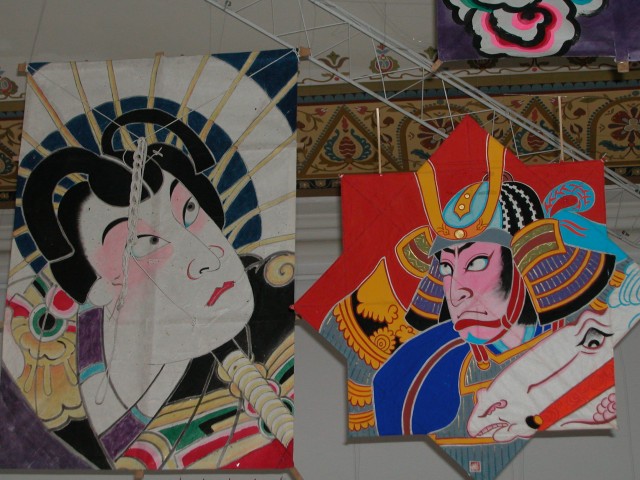
(3) Tea ceremony set
Tea making in Japan has a mystique that is a world apart from the hurried drink that is enjoyed in the West.This set is designed to give you the opportunity to escape for an hour and immerse yourself in the elegant traditions of Japan.
Equipments of tea ceremony set: a box containing a set of tea utensils, tea utensils, ash, flower vase, fire pit
(4) Japanese calligraphy set
Calligraphers consider the size and balance of the characters, the darkness or lightness of the ink, how easily the ink will run, what lines will be broken or grazed, and write the characters all at once. Japanese calligraphy is a simple yet profound art, rendered in the two colors of black and white.
Number of sets: 20 sets
Content of the set: paperweight, inkstone, ink, brush
(5) Traditional Japanese toys
Japan has many traditional toys and games that have kept children amused since the middle ages. Feel free to try out all these kind of traditional japanese toys.
Number of sets: 5 sets
Type of sets: 1. Traditional japanese toys
2. Toys of countryside
1. Traditional japanese toys (A,B,C set)
Content: menko, which involves throwing circular or rectangular playing cards on the ground; tops; otedama, a juggling game using small cloth bags filled with sweet-beans; daruma-otoshi; ohajiki (flat marble); paper balloon
2. Toys of countryside (A,B sets)
Content: A set: menko;kendama (a cup and ball); ohajiki; B-dama (marble); taketonbo, a simple helicopter-like bamboo toy
B set: paper balloon; taketonbo; origami (6 sets); japanese antique kaleidoscope
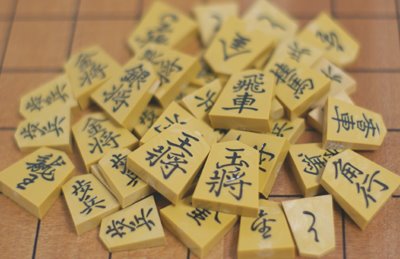
(6) Traditional japanese garment - yukata
Yukata is an informal, unlined komono made of cotton and worn with a narrow sash (obi). It is usually worn in the summertime. The yukata is ready to borrow for festivals, cultural institutions to have the chance to dress in a traditional Japanese style.
(7) Japanese storycard theatre (kamishibai)
The kamishibai is part of a long tradition of visual storytelling. With kamishibai the storyteller can read traditional japanese folk tales to a group of children while showing them the pictures.The tales are in japanese.
Stories: Mototaro, The Peach Boy
Kasajizo, The Ksitigarbha Wearing Sedge Hats
Download the CATALOGUE of JFBP Traveling Exhibitions from here.
For further information: